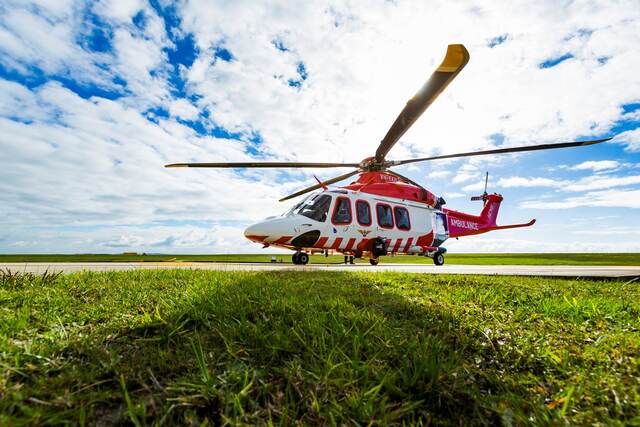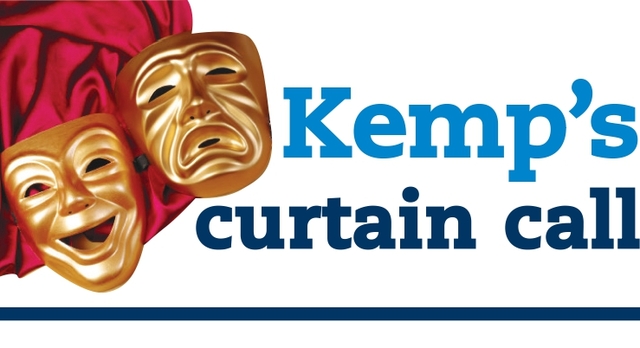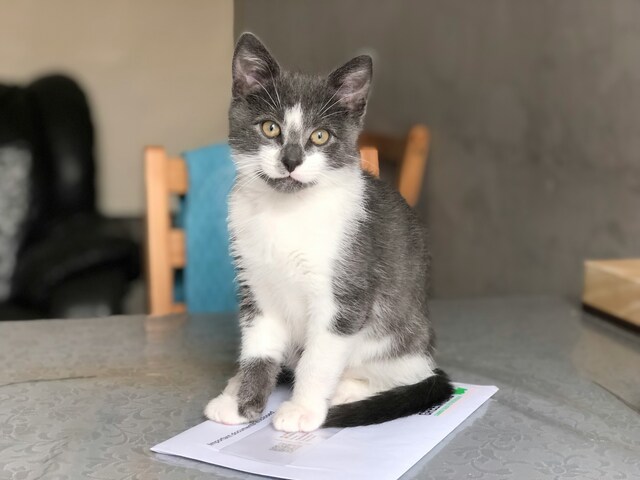A vital life and saving service will continue to provide quality and dynamic care to patients in rural and remote locations.
Ambulance Victoria (AV) has extended its contract with Babcock Australasia (Babcock) to continue providing air ambulance operations to support paramedics in providing the best care to patients across Victoria.
The Dandenong Ranges and Yarra Valley areas have recently seen a woman from Emerald airlifted to The Alfred Hospital in February and a Healesville man was airlifted to the Melbourne Hospital after a motor vehicle crash into Healesville High School in June 2023 – saving their lives.
The five-year extension of the existing arrangement for the Air Ambulance helicopter fleet, valued at more than $370 million, will come into effect from 1 January 2026.
AV Chief Executive Jane Miller said the renewed partnership, which first commenced in January 2016, would ensure AV continued to provide safe, timely and expert patient care during some of Victoria’s most logistically complex emergencies.
“This partnership helps us provide the highest level of care for every patient, no matter where they are located across the state,” Ms Miller said.
“Someone experiencing a medical emergency in a rural location can quickly receive expert care from our ground crews, further clinical support and expertise from our MICA Flight Paramedics and definitive care from a flight to one of Victoria’s high-quality trauma centres. It’s an impressive service,” she said.
Mobile intensive care ambulance (MICA) paramedic Gavin Lawley is a flight paramedic who takes on the challenge and variety the specialised position offers.
“There’s a lot of moving parts – so it’s quite a dynamic environment to work with. And that’s part of the challenge of working out there,” he said.
“It’s comforting for the community to know that if ever something happens in the remote and far-reaching locations of Victoria – and some parts of New South Wales, South Australia and Tasmania – AV is equipped to provide the best possible emergency response,” Ms Miller said.
“This agreement will ensure patients who need AV’s helicopter emergency medical service (HEMS) continue to receive best care right across Victoria,” she said.
Last year, AV’s HEMS responded to 2,197 incidents, averaging 200 cases each month and Mr Lawley said the services they cover are quite varied, from airlifting complex patients, delivering blood and participating in search and rescue.
“The major role differences from a say a road MICA is the transport times and the distance we travel,” he said.
“But we do a lot of work with other rural or regional hospitals that have reached their limit of speciality care for certain patients – we also transfer the patients down to a metropolitan centre or a specific line of care in Melbourne.”
From motor vehicle accidents to primary cardiac arrest in the regional areas or remote locations, Mr Lawley said the air ambulance teams are there to provide one of the highest level of medical emergency skill sets in Victoria.
Mr Lawley said air ambulance teams also have the capability with a helicopter aircraft to complete search and rescue tasks and winching operations.
“Whether it’s water or land, we can work with other agencies to search and locate patients and perform rescues and provide medical care in remote locations when required,” he said.
AV Acting Manager Air Operations Rupert Freeman said Babcock provided AV’s HEMS operations with five AW139 helicopters and a service assurance aircraft.
“AV is in its eighth year working alongside our Babcock colleagues and we’re pleased to continue this partnership, which places a strong focus on serving the Victorian community,” he said.
Mr Lawley said the service is medically quite ‘vast’ and sees it’s own ‘peaks and troughs” in the areas they visit and call outs they attend.
“During hot weather during summer, we can get a lot more jobs involving what bodies of water whether it’s the bay, the ocean, or rivers, during those holiday periods, we find, especially in the post-Covid, a lot of people are often in the high country, so we respond to a lot of remote locations that way,” he said.
“Whenever you have people moving in and throughout the state, in peak periods, there’s an increase in road trauma.”
Mr Lawley said several factors dictate how a patient is triaged for an airlift callout and patients are triaged from their flight coordination centre, where the highly trained MICA flight paramedics receive calls from a number of agencies including Triple zero, paediatric and neonatal specialities and search and rescue operations.
“Travel time with Victoria being quite a vast area, we provide a service where we can either get our skill set, or medical treatment to the patient to best stabilize and treat them and then bring them down to a centre or send us to the patient to bring them down as quickly as possible to the highest level of care – that’s our primary goal.”
With only five rotary and four fixed wing aircraft in the fleet, the triage is a vital part of the process and Mr Lawley said that if a primary search and rescue job comes in, it also gets triaged against other cases and available aircraft and so the workload is quite high at times.
The airlifts can make all the difference and Mr Lawley said that giving someone the support they need in the way of blood or a medical procedure and then getting them to the highest level of care in the shortest amount of time finally has a benefit to the possible health outcomes.
The job is challenging and Mr Lawley said the flight paramedics work very tightly with a three person crew, responding to cases where they can be surrounded by hospital staff at one location to being in the middle of a bush with only bystanders and the patient at the next.
“Communication and team dynamics are really important, but it’s always evolving – you have to be able to build teams and communicate really well.”
“Our MICA Flight Paramedics will continue to provide the best possible care, supported by our Babcock partners, when our patients need it most,” Mr Freeman said.
The partnership has been extended to 31 December 2030 and Mr Lawley said it was important to acknowledge the ground teams the flight crew work with – from hospital staff, SES and CFA to police and regular bystanders.
“You’re always working with different teams in different environments – we can’t do this role by ourselves.”
“Bringing everyone together usually gets the best possible outcome for the patient,” he said.







